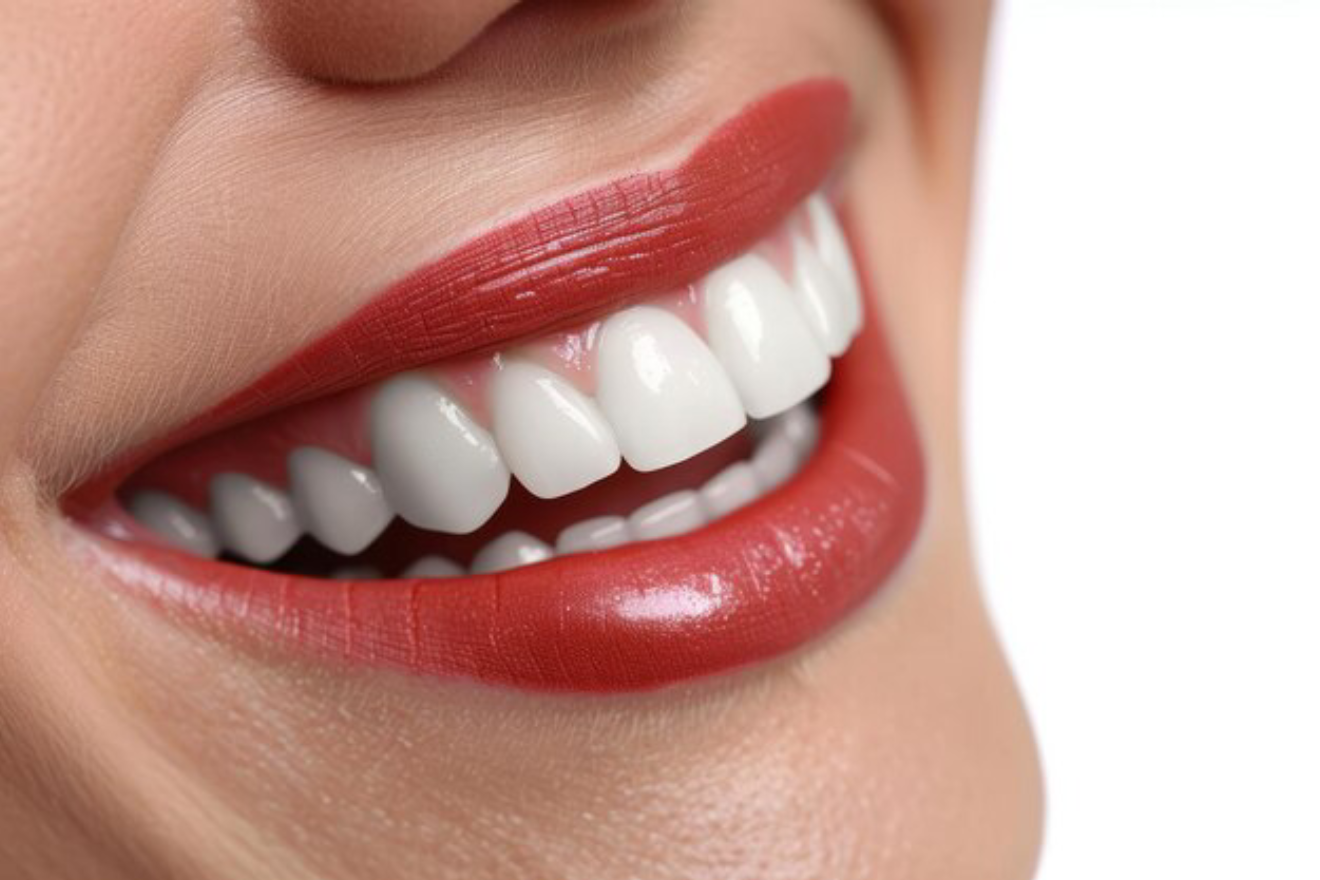Comprehensive Guide to Teeth Whitening
Teeth whitening is a popular cosmetic dental procedure designed to enhance the brightness and appearance of your smile by removing stains and discoloration from your teeth. This treatment can significantly improve your confidence and overall oral aesthetics. Here’s a detailed guide on teeth whitening, including its methods, benefits, procedure, and aftercare.
What is Teeth Whitening?
Teeth whitening involves the application of bleaching agents to lighten the color of your teeth and remove stains caused by various factors such as food, beverages, smoking, or aging. The goal is to achieve a whiter, brighter smile that enhances your overall appearance.
Reasons for Teeth Whitening
- Stained Teeth: Over time, teeth can become stained due to the consumption of coffee, tea, red wine, or other pigmented foods and drinks. Whitening helps to remove these stains and restore a bright smile.
- Discoloration: Teeth may also discolor due to aging or other factors. Whitening treatments can address this issue and improve the color of your teeth.
- Cosmetic Enhancement: Many people seek teeth whitening for aesthetic reasons, aiming to enhance their smile for personal or professional reasons.
Types of Teeth Whitening
- In-Office Whitening: In-office whitening treatments are performed by a dental professional and offer immediate results. The process involves the application of a strong whitening agent, often activated by a special light or laser, to achieve dramatic improvements in tooth color in just one visit.
- At-Home Whitening Kits: At-home whitening kits are provided by your dentist or purchased over-the-counter. These kits include custom-fitted trays or pre-filled strips containing a lower concentration of bleaching agents. Results typically take a few weeks to become noticeable.
- Whitening Toothpastes: Whitening toothpastes contain mild abrasives and chemical agents that help remove surface stains. While they can help maintain the whiteness of your teeth, they are less effective at addressing deeper discoloration.
- Whitening Gels and Pens: Whitening gels and pens are portable options that allow for targeted application of bleaching agents. They are used to touch up the whiteness of your teeth and can be convenient for maintaining results.
The Teeth Whitening Procedure
- Initial Consultation: Your dentist will assess the condition of your teeth and discuss your whitening options. They will determine if you are a suitable candidate for whitening and choose the best method based on your needs.
- Preparation: For in-office treatments, your dentist will protect your gums and soft tissues from the whitening agent using a special barrier. For at-home kits, your dentist may create custom trays to ensure proper application of the whitening gel.
- Application of Whitening Agent: The chosen whitening agent is applied to the teeth. For in-office treatments, the agent is typically activated by a light or laser to enhance its effectiveness. For at-home kits, you will follow the instructions provided for applying the whitening gel or using the strips.
- Rinsing and Evaluation: After the whitening agent has been applied for the recommended time, it is rinsed off, and your dentist will evaluate the results. For at-home treatments, you will need to follow the recommended usage guidelines and monitor your progress.
Benefits of Teeth Whitening
- Enhanced Appearance: Teeth whitening can significantly improve the brightness and appearance of your smile, making your teeth look cleaner and healthier.
- Increased Confidence: A whiter smile can boost your self-esteem and confidence, positively impacting both personal and professional interactions.
- Effective Stain Removal: Whitening treatments effectively remove stains and discoloration caused by food, drinks, and lifestyle habits.
Aftercare and Maintenance
- Oral Hygiene: Maintain good oral hygiene by brushing and flossing regularly to prevent new stains and ensure the longevity of your whitening results.
- Avoid Stain-Causing Foods and Drinks: Limit consumption of foods and drinks that can stain your teeth, such as coffee, tea, red wine, and dark-colored sauces.
- Regular Dental Check-Ups: Schedule regular dental check-ups to monitor the condition of your teeth and address any issues that may arise.
Potential Complications
While teeth whitening is generally safe, some potential complications include:
- Tooth Sensitivity: Some individuals may experience increased tooth sensitivity during or after the whitening process, which usually resolves on its own.
- Gum Irritation: The whitening agent may cause temporary irritation to the gums or other soft tissues, especially if it comes into contact with them.
- Uneven Results: Whitening may not be effective on certain types of stains or dental restorations such as crowns and veneers, leading to uneven results.
Conclusion
Teeth whitening is a highly effective cosmetic treatment for brightening your smile and removing stains and discoloration. By understanding the different whitening methods, the procedure, and the importance of aftercare, you can achieve a stunning, white smile that enhances your overall appearance. Consult with your dentist to determine the best whitening option for your needs and enjoy the benefits of a brighter, more confident smile.


